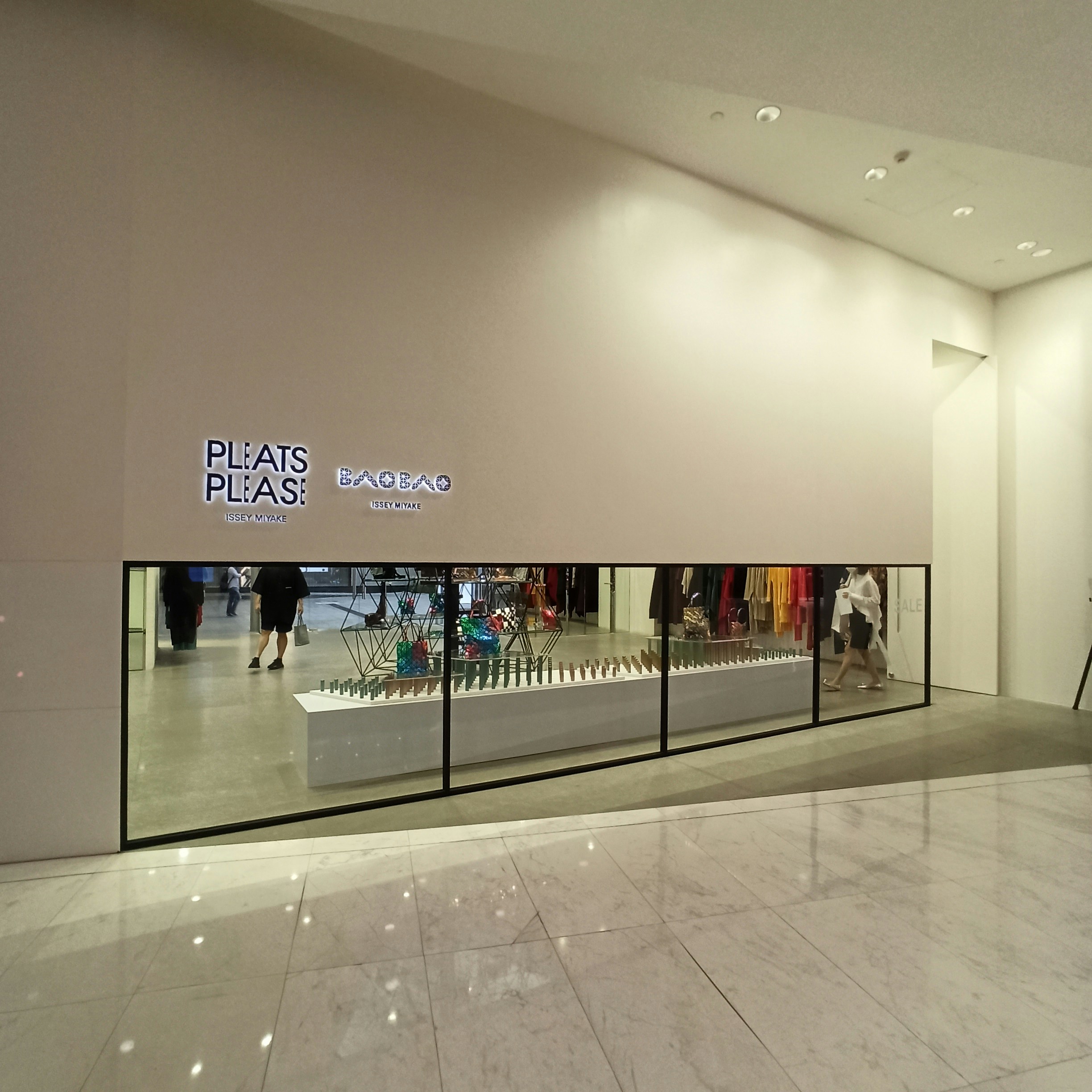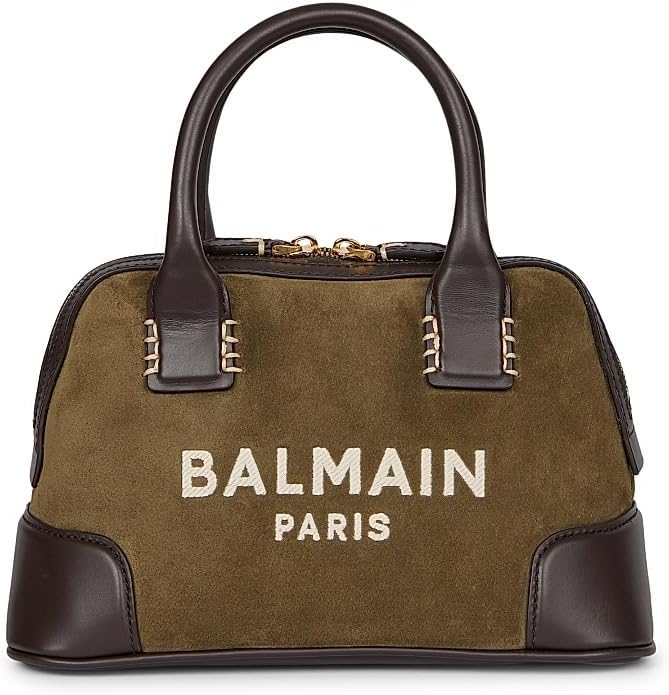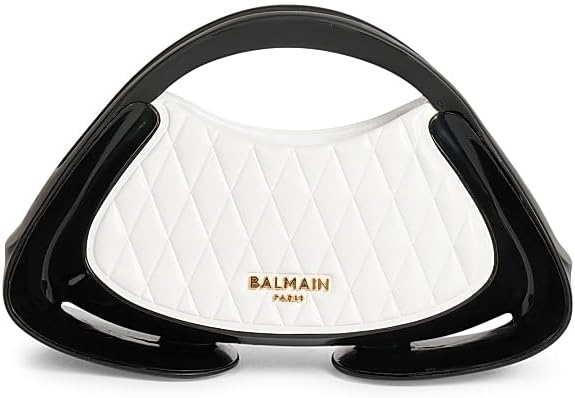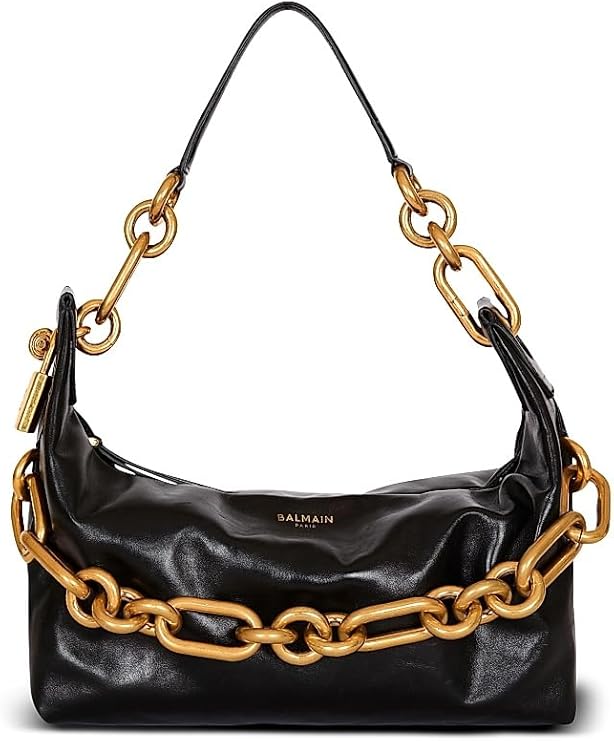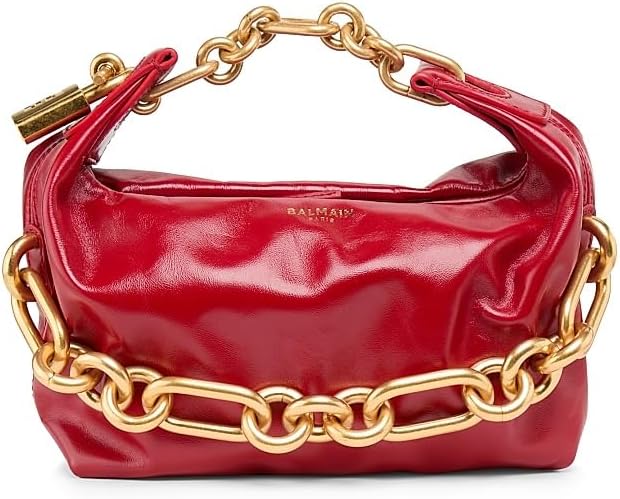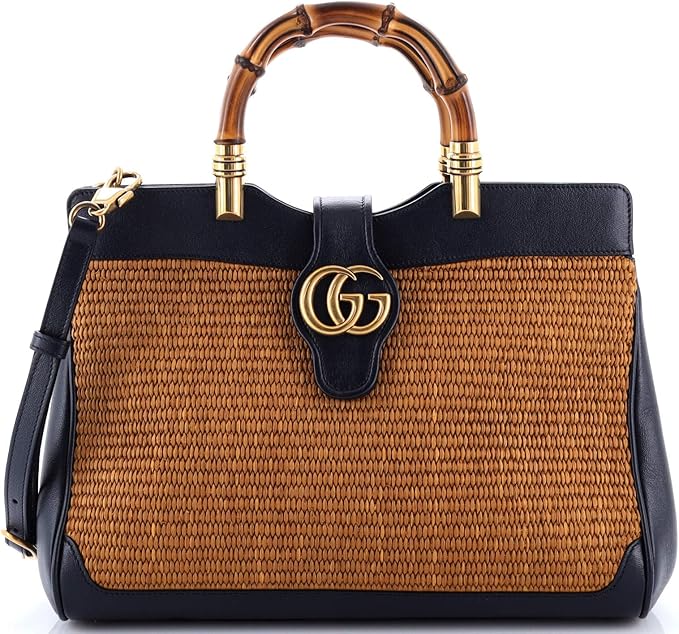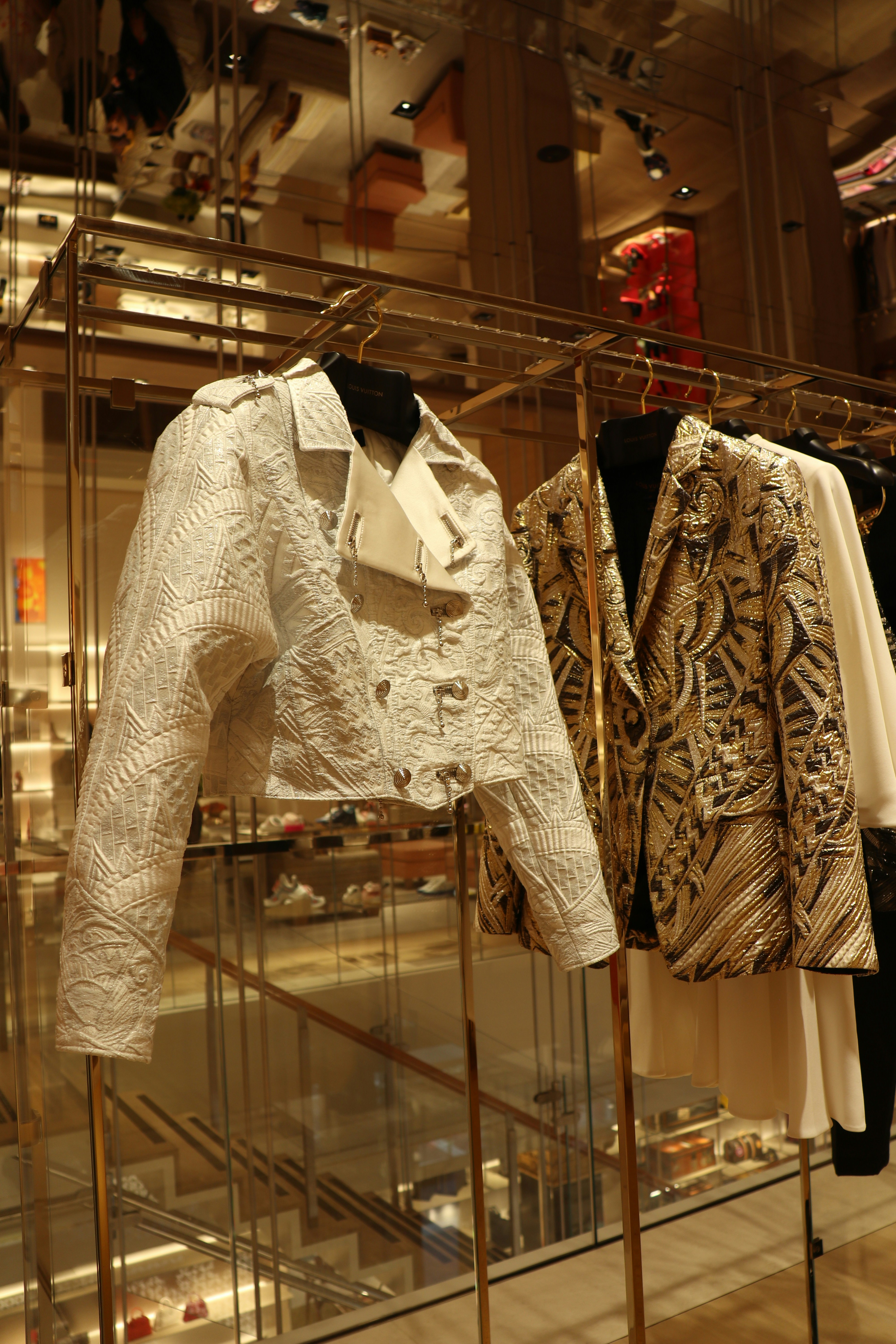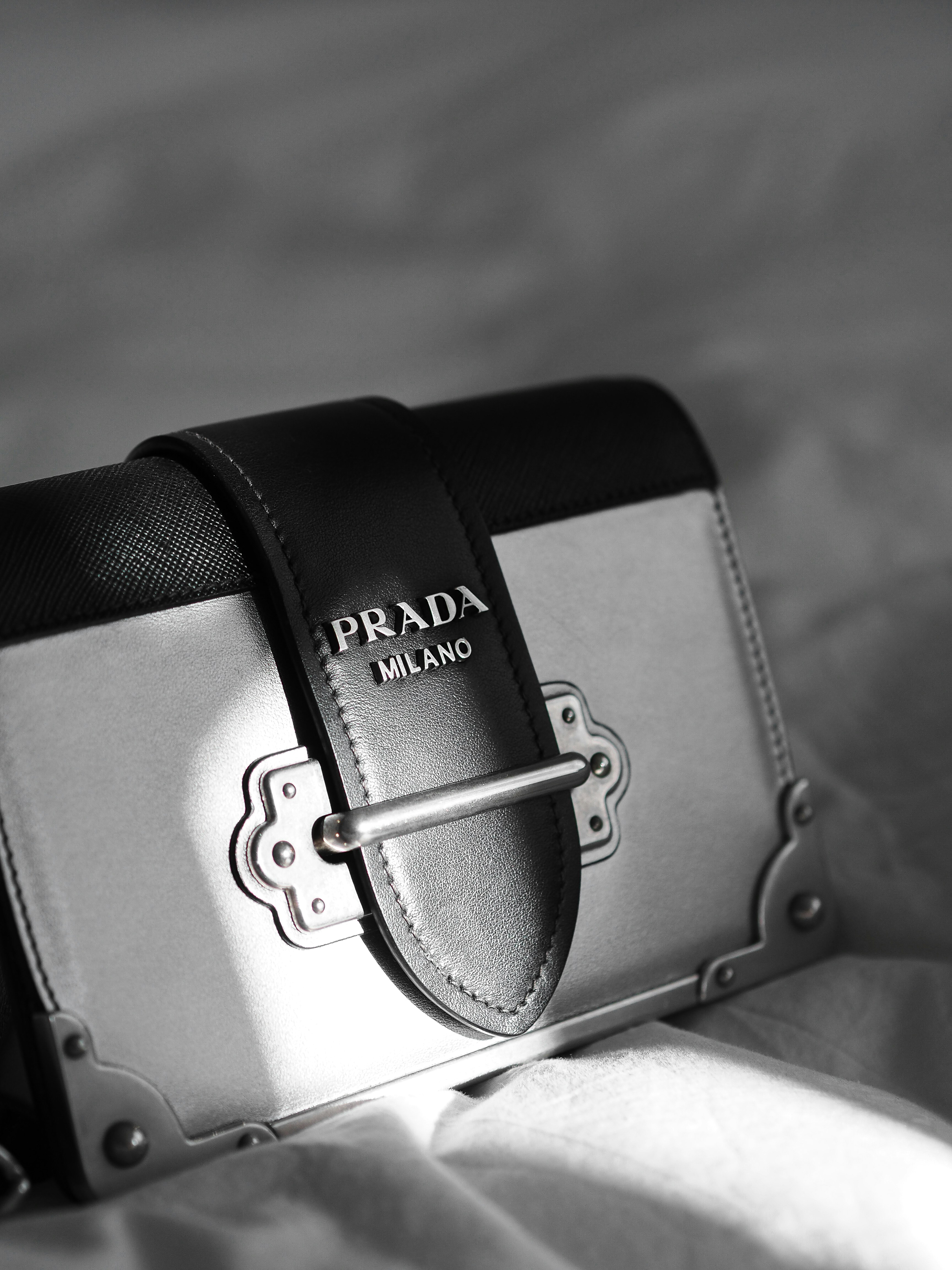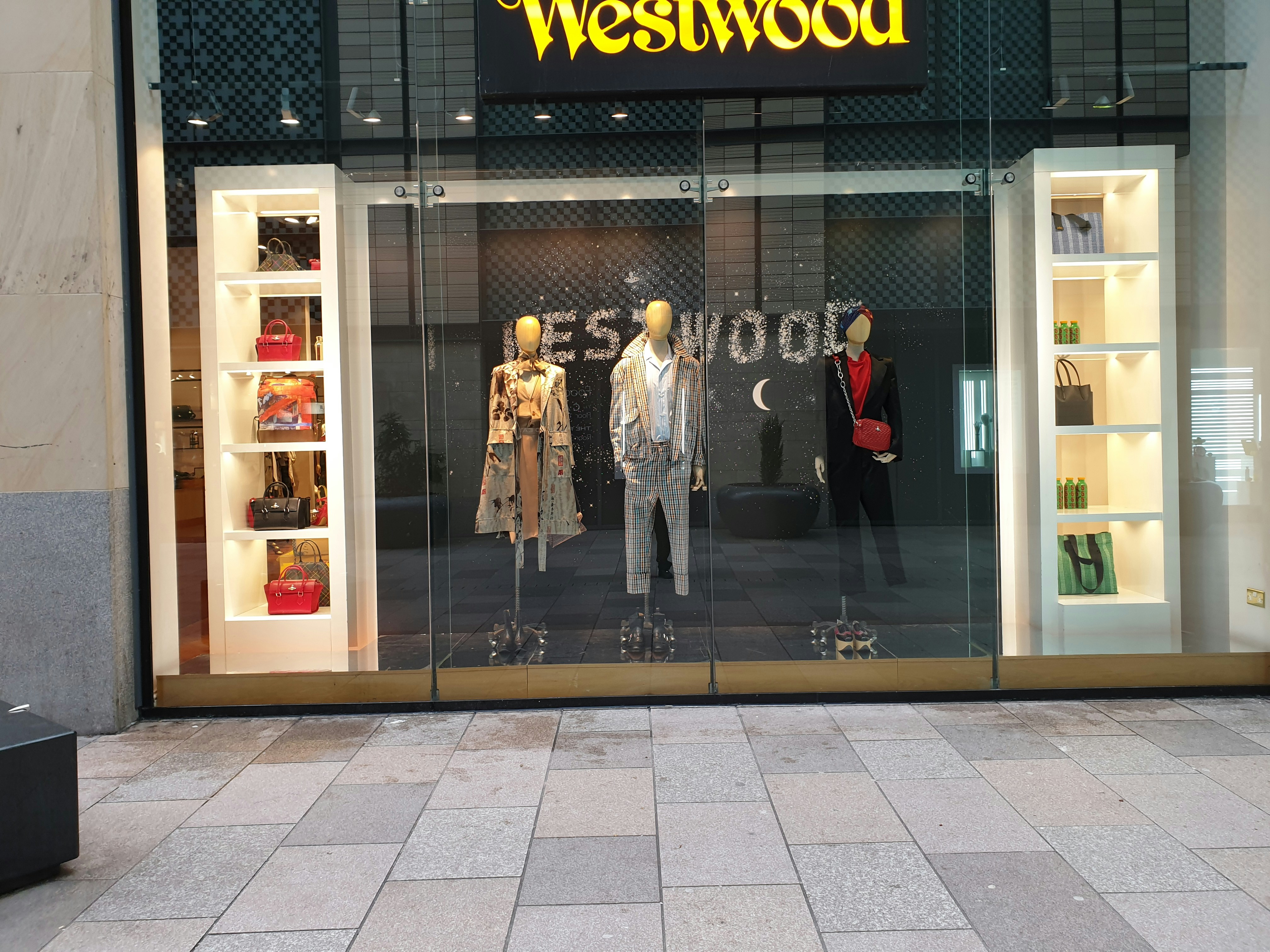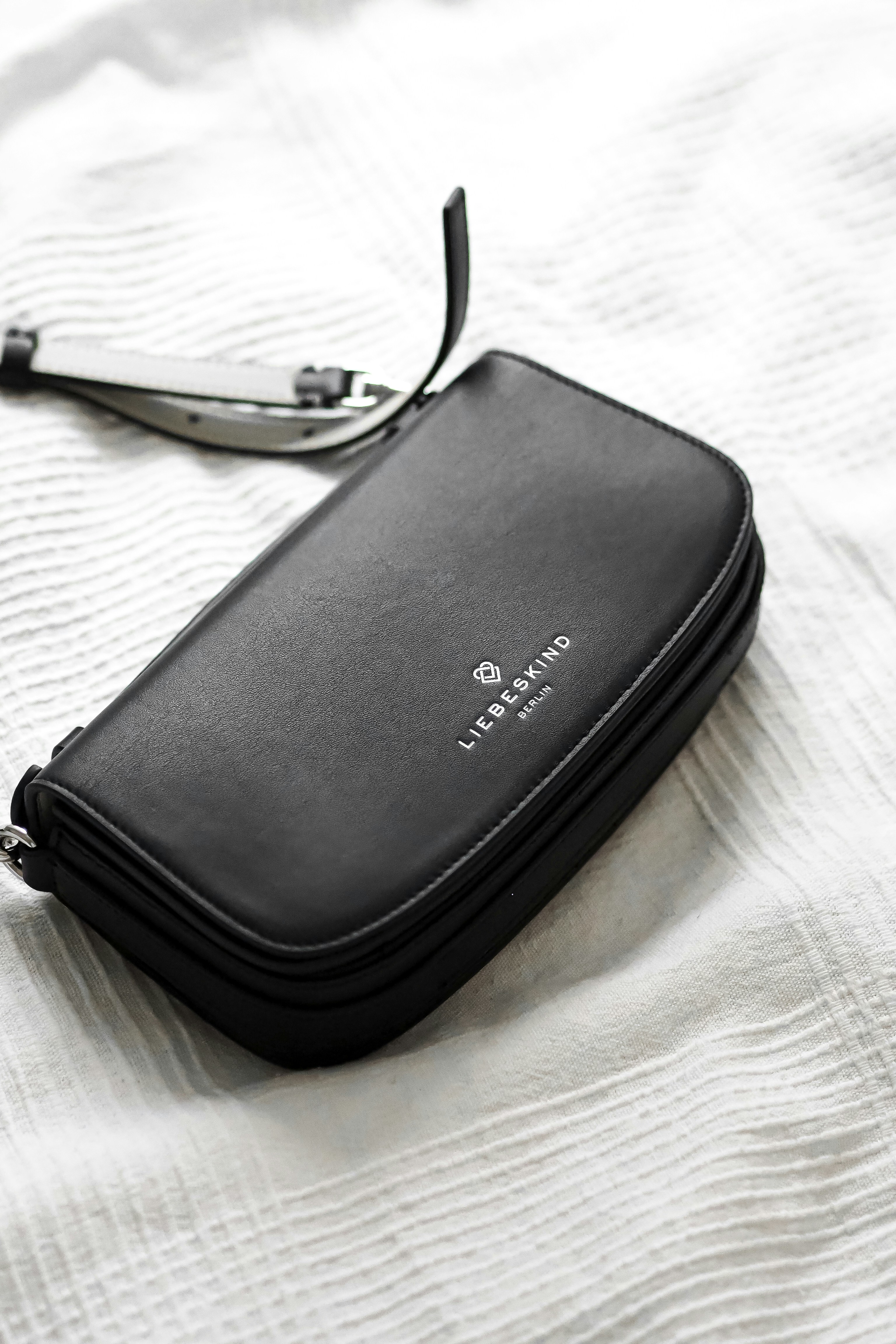The Rise of Issey Miyake: A Fashion Pioneer
Issey Miyake, born on April 22, 1938, in Hiroshima, Japan, emerged as a revolutionary force in the fashion industry. Growing up amidst the devastation of World War II, he was deeply influenced by the resilience of his surroundings and the rich cultural heritage of Japan. His early exposure to traditional Japanese crafts, such as origami and textiles, profoundly impacted his design philosophy. These formative years laid the groundwork for a career that would blend the essence of Japanese culture with contemporary fashion.
In the 1960s, Miyake moved to Paris to further his studies in fashion design. It was here that he began to hone his skills and develop a distinct aesthetic characterized by innovative pleating techniques and unique textiles. By the early 1970s, he launched his own brand, quickly capturing the attention of the fashion world. The cultural context of Japan during this period was marked by a shift towards modernity, yet Miyake maintained a reverence for tradition, creating clothing that reflected this fusion. His collections often featured designs inspired by the natural world, encapsulating movement and fluidity, which set him apart from his contemporaries.
The launch of his label in the 1970s was not only a personal milestone for Miyake, but also a significant moment in the broader landscape of fashion. His innovative approach to clothing design, utilizing pioneering techniques such as heat-pressed pleats, challenged conventional ideas about fashion and wearability. As he introduced garments that combined comfort with striking aesthetics, the initial reception was one of curiosity mixed with skepticism. However, over time, Issey Miyake became recognized as a groundbreaking designer whose work transcended traditional fashion boundaries, paving the way for future generations of creatives.
The Signature Style: Pleats Please
Issey Miyake’s Pleats Please line stands as a testament to his pioneering spirit and unwavering commitment to merging functionality with artistic expression. First introduced in the early 1990s, this collection redefined the fashion landscape by casting aside traditional notions of femininity and aligning with a modern, active lifestyle. The hallmark of Pleats Please is its unique design process, which uses an innovative heat-set technique that creates intricate pleats in polyester. This approach not only results in garments that are lightweight and easy to care for but also ensures that each piece maintains its shape and form, providing both style and durability.
The creation of Pleats Please involves layering and folding fabric before heating it to achieve the desired pleated effect. This method allows for a wide range of silhouettes and styles, from flowing dresses to structured tops, catering to diverse tastes and occasions. The brand emphasizes the integration of art into everyday wear, making it accessible without sacrificing aesthetic appeal. As a result, garments from the Pleats Please line can easily transition from casual to formal settings, making them versatile additions to any wardrobe.
Furthermore, the integration of functionality and comfort within the Pleats Please collection was groundbreaking. Unlike traditional formal wear that often compromised ease of movement, these pleated garments encourage freedom of expression and comfort throughout the day. The soft draping of the fabric mimics natural movement, making it highly desirable for both dynamic lifestyles and leisurely activities. As a result, Pleats Please remains a staple in contemporary fashion, treasured by those who appreciate a blend of elegance and practicality. It continues to inspire new generations of designers and fashion enthusiasts, affirming its place in the realm of timeless style.
Technology Meets Fashion: Textiles and Innovation
Issey Miyake has become synonymous with innovation in the fashion industry, particularly through his groundbreaking work with textiles. His relentless pursuit of combining technology and fashion has resulted in distinctive garments that emphasize functionality and artistic expression. Collaborating with scientists, engineers, and various artists, Miyake pushed the boundaries of traditional fabric design. Such collaborations have enabled the exploration of new materials, leading to the creation of unique textiles that are not only aesthetically appealing but also practical.
One of the defining characteristics of Miyake’s textiles is their ability to transform. For instance, the use of pleating techniques has become a hallmark of his collections, allowing garments to expand and contract while maintaining their shape. This innovative approach to textiles not only enhances the wearer’s experience but also promotes ease of movement. The concept of “A-Poc” (A Piece of Cloth) embodies this ethos, showcasing how a singular piece of fabric can be manipulated into various forms without unnecessary waste.
Beyond practicality, Miyake’s focus on sustainability sets him apart from his contemporaries. Many of his textiles are made from recycled materials, reflecting a growing trend in the fashion industry towards eco-consciousness. By prioritizing sustainability, Miyake encourages consumers to reevaluate their relationship with clothing and to appreciate the artistry behind fashion. His commitment to innovation extends further as he experiments with materials that provide not just visual intrigue but also functional benefits, such as moisture-wicking and temperature regulation.
Miyake’s influence on modern fashion practices cannot be overstated. His emphasis on the integration of technology in textile design has inspired a new generation of designers to explore the potential of fabrics beyond conventional uses. Thus, the harmonious relationship between textiles and technology in Miyake’s work exemplifies a transformative approach to fashion, paving the way for future innovations.
Legacy and Influence: The Enduring Impact of Issey Miyake
Issey Miyake’s legacy is deeply rooted in the evolution of contemporary fashion, characterized by an unwavering commitment to innovation and artistic expression. Born in Japan, Miyake’s designs transcended mere clothing, merging art, technology, and functionality into cohesive masterpieces that continue to inspire fashion designers worldwide. His pivotal introduction of innovative pleats, particularly in the “Pleats Please” collection, revolutionized the way garments are constructed and appreciated, demonstrating the potential of textiles to be both functional and sculptural.
The principles espoused by Miyake resonate within today’s fashion industry, underscoring the importance of sustainability and the thoughtful integration of design with practical wearability. As fashion increasingly shifts toward eco-friendly practices, Miyake’s pioneering use of materials and creation of distinctive, long-lasting garments set a benchmark for modern creators. His emphasis on the fusion of functionality with artistic flair encourages a new generation of designers to approach their work with an emphasis on both form and purpose, promoting versatility without compromising style.
Globally, Issey Miyake’s brand remains a beacon of creativity, contributing significantly to the narrative of Japanese fashion on the world stage. His influence extends beyond fabric design to cultural expressions, as garments embody narratives of identity and innovation. Current designers often cite Miyake’s work as a source of inspiration, showcasing his impact on conceptualizing fashion as an evolving art form. His approach encourages a playful relationship with textiles, pushing the boundaries of what clothing can signify socially and artistically.
In conclusion, Issey Miyake’s enduring legacy in fashion transcends generations, fundamentally altering perceptions of design while instigating discourse around sustainability and artistic intent. His work continues to inspire not only those within the fashion realm but also the broader cultural landscape, affirming that innovation is an essential driver of creativity. The reverberations of his contributions will undoubtedly shape the future of fashion for years to come.

